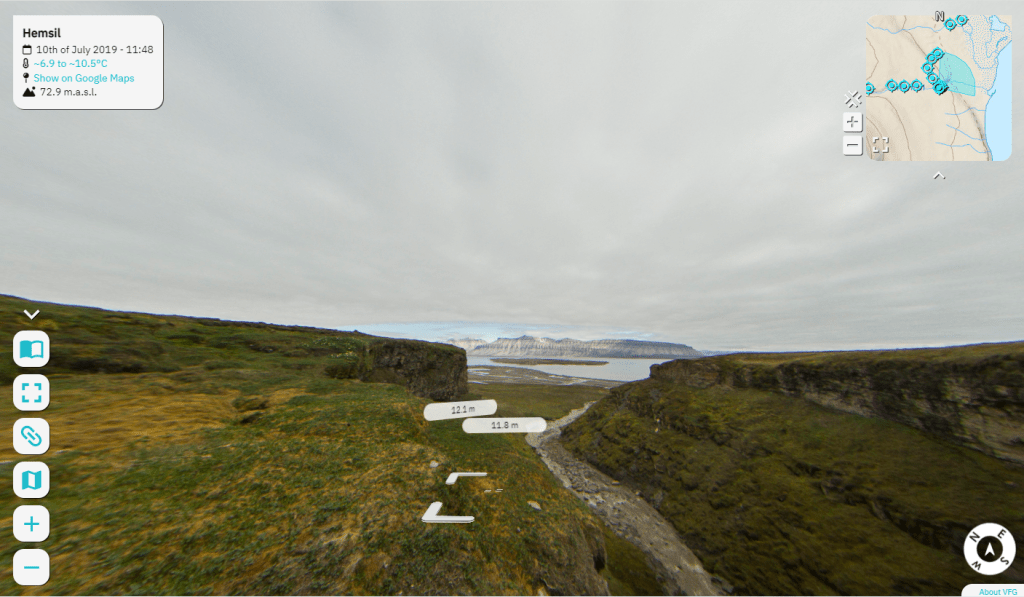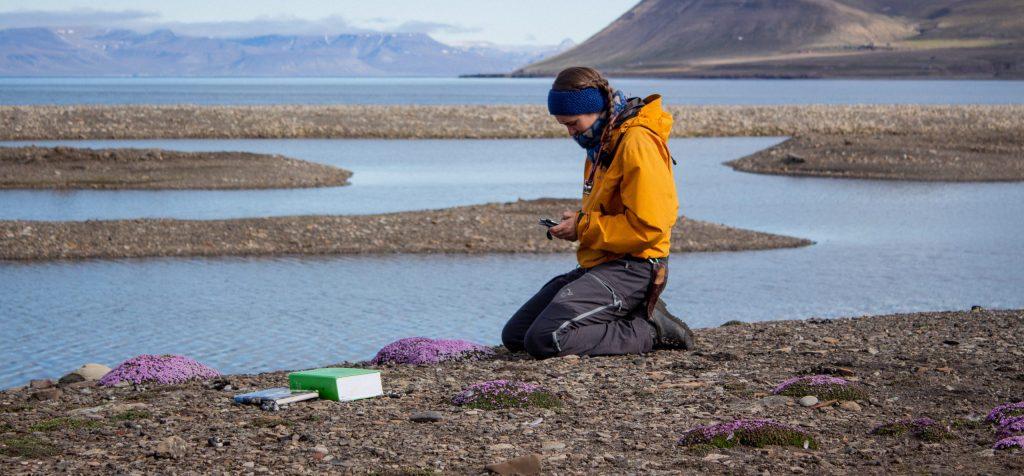• Learning Arctic Biology •
Want to learn about Arctic terrestrial biology?
Video: Tina Dahl and Marcos Poricres
• Browse by topic •
• Digital Tools •
360° Virtual Field Guides
Explore a variety of locations and learn about its biology, history and more. All in 360 degrees!
ArtsApp - Digital Key
A digital key for Svalbard’s flora, with specific keys for vascular plants and grasses.
Read about...
Bryophyte habitats
Bryophytes are found throughout the world from the harsh environments of Antarctica to the lush conditions of the tropical rainforests. Despite their small size, they
Arctic – a young biome with a dramatic history
The location of the Arctic within the Earth system combined with its particular climate history, have provided unique settings for the current flora and fauna
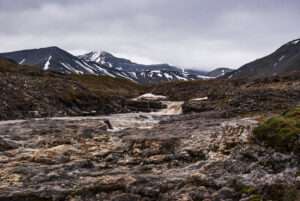
Definition of the Arctic and main study system
The Arctic is named after the northern star constellation “Arktos”—Greek for “bear”. It consists of the Arctic Ocean and surrounding landmasses. Depending on the definition
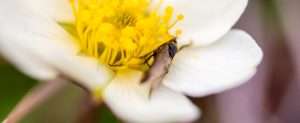
Pollinators and their importance in the Arctic environment
Globally, most flowering plants reproduce sexually and are pollinated by insects or other animals rather than abiotic pollen vectors such as wind. Plant-pollinator interactions are
Ecosystem role of bryophytes
Bryophytes have many important ecosystem functions in the Arctic. These include: Regulation of hydrology In many habitats, bryophytes control soil and vegetation hydrology (Beringer et
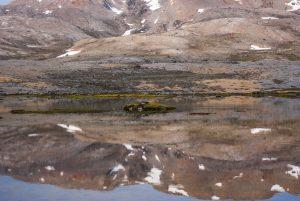
Arctic Freshwater Habitats
The arctic freshwater environment experienced dramatic climatic shifts during the Holocene (10,000 years ago to present) and Pleistocene, which has had enormous effects on the
Mutualistic fungi
Mutualistic fungi live on other organisms, however in contrast to parasitism, mutualism benefits all involved organisms. The fungi get nutrition, mainly carbohydrates, from their partners,
Colonisation of Svalbard by the invertebrate fauna
The invertebrate fauna of Svalbard is relatively young. There is no evidence that invertebrates survived the last glacial maximum in situ. The islands were covered
Fungi in Svalbard
A large number of mushroom species grow in Svalbard. Most are small, some are poisonous, while others are edible and tasty. Fungi have most of
Archaea
Compared to Bacteria and Eukaryotes, Archaean diversity, physiology and ecology is still very little explored. Many Archaea are extremophiles – living in extreme environments –
What enviroment do microbes encounter in the Arctic?
Environmental conditions in the Arctic are highly variable in space and they can fluctuate seasonally. As for all living organisms, Arctic microbes are affected by
Biogeography of bryophytes
History The Pleistocene is the world’s recent period of repeated glaciations between 2.5 million to 11700 years ago. More than 20 cycles of glaciation occurred
What are bryophytes?
Evolutionary origin Bryophytes belong to the embryophytes, which include all land plants. Evidence from structural, biochemical, and molecular data supports the view that bryophytes and all
Parasitic fungi
Parasitic and pathogenic fungi obtain their nutrition from other living organisms, and have a negative effect upon the individuals – hosts – they are parasites
Bacteria
Bacteria are the major drivers of the Earths biogeochemical cycles, and therefore very important components of the ecosystems. There are estimations showing that more than
Viruses
What is a virus? Viruses are infectious agents that replicate exclusively within a living cell. Viruses can infect all types of organisms, from animals and
Useful learning resources

bioCEED resource for learning statistics, tutorials for the statistical computing language R and more!
How do you start with academic writing? This is the prefect resources for those who are about to write their first thesis/poster/essay etc. or looking for new tips when it comes to academic writing.
Svalbox is all about Svalbard geology. Svalbox aims to compile and acquire key data sets and publications to provide an interactive 3D geoscientific database of Svalbard.
The UNIS Executable Books page provides an overview of all eBooks available and/or used for teaching at the University Centre in Svalbard (UNIS).


